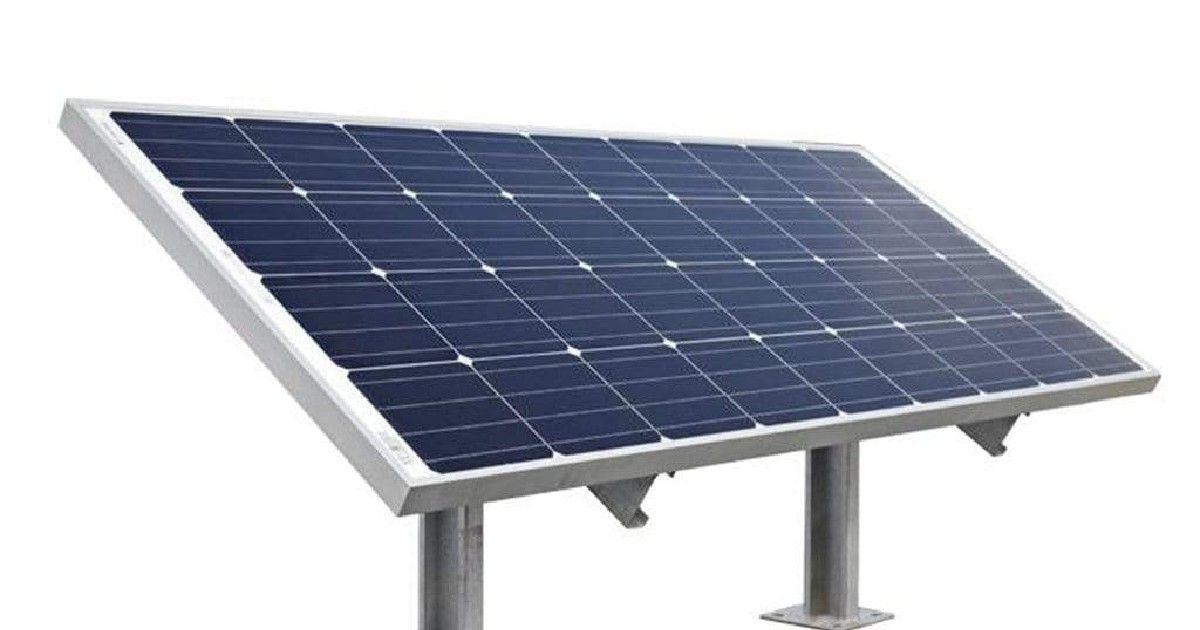If you want, you can also get subsidy on solar rooftop scheme. 40 percent subsidy is available on solar rooftop panels up to 3 kW and 20 percent subsidy on rooftop solar panels up to 10 kW. Explain that the Solar Rooftop Subsidy Scheme is being run by the government for residential, government, social and institutional sectors.

If you are worried about rising electricity bills, then solar rooftop scheme is for you. The good thing is that once you have installed a solar rooftop, you will be free from the hassle of electricity bills for 20-25 years. The Ministry of New and Renewable Energy, Government of India, is running a plan to install solar panels on the roofs (Phase-II). If you want, you can also get subsidy on solar rooftop scheme. 40 percent subsidy is available on solar rooftop panels up to 3 kW and 20 percent subsidy on rooftop solar panels up to 10 kW. Explain that the Solar Rooftop Subsidy Scheme is being run by the government for residential, government, social and institutional sectors.
You can apply through Sandes App
If you want subsidy for solar rooftop panels, then first visit the site. From here you can also apply for subsidy through Sandes App. This app is available for Android and iOS. After downloading the app you have to register. After that follow these steps:
step 1
- After downloading and installing Sandes App, open the app.
- Then select your state in the app.
- Now you have to select your electricity distribution company.
- Then enter your electricity consumer number.
- Then enter the mobile number.
- Now you have to enter email. Then follow the instruction given on the portal.
Step-2
- Then you login with your consumer number and mobile number.
- Apply for rooftop solar panels as per the form.
Step-3
- After applying, you will have to wait for feasibility approval from DISCOM. Once you get the feasibility approval, then the solar panels will be installed by the DISCOM registered vendors.
Step-4
- Once the installation process is completed, then after submitting the details of the plant, apply for the net meter.
Step-5
- Discom will conduct inspection for installation of net meters. Then the commissioning certificate will be generated from the portal.
Step-6
- After getting the commissioning report, bank account details and a canceled check have to be submitted through the portal. After this the subsidy will come in your account within 30 working days.

Pay attention before installing Solar Panel
- Solar panels come with a life of 20-25 years. Always ask for warranty certificate while buying solar panels.
- North-facing roof slope is considered better for rooftop solar panel installation. This produces maximum power. Also, there is no accumulation of rain water or debris on the panel.
- While buying Solar Panel, keep in mind what is your consumption. A rooftop solar panel typically consists of 36 to 72 PV cells and each cell produces approximately 0.5V of power.
- Typically the cost of installing solar panels on a building ranges from Rs 40,000 to Rs 6,00,000. It also depends on the installation, device and type of solar panels.

Which solar panel will be right
If you are going to buy solar panels, then you have to keep in mind that which solar panel will be right for you. Let us know about Monocrystalline and Polycrystalline solar panels…
Monocrystalline solar panels
Monocrystalline solar panels are made from a single crystal of silicon. In this the panel interacts with the single crystal to generate electricity. It has more energy generating capacity than other panels. These solar panels in India are more expensive than other panels. In this the electrons are free to move inside a cell. However efficiency can vary depending on the make and model of the solar panel. Nowadays, monocrystalline solar panels are used in most of the houses.
Polycrystalline solar panels
If there is more space, then polycrystalline solar panels may be an option. This solar panel consists of pieces of silicon crystal. Although it does not produce as much electricity as monocrystalline solar panels, it is cheaper. Pure silicon crystal is not required for its preparation. These are made of polysilicon. If you want to install solar panels for large spaces, then polycrystalline solar panels can also be an option at a low cost.


